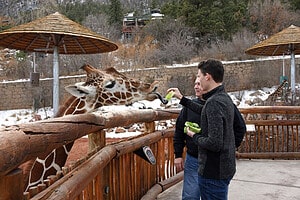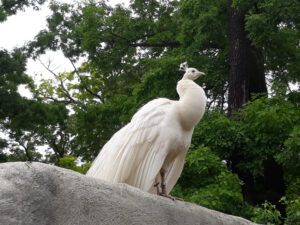Are you interested in visiting the largest zoo in Canada? Then Toronto Zoo should be at the top of your to-do list!
The Toronto Zoo encompasses 710 acres, is home to thousands of animals, including invertebrates and fish, and represents over 500 species. It has one of the most taxonomically diverse collections of animals on display out of all the zoos in the world. There is plenty to see and do, so let’s explore what makes this zoo so unique!

A closeup of the “Brake for Snakes” sign at the Toronto Zoo.
©Wirestock/iStock via Getty Images
A Brief History of Toronto Zoo
If you were to go back in time to visit Toronto Zoo, it would look very different from its appearance now. In fact, the Toronto Zoo was called the Riverdale Zoo from 1888 to 1974! The original zoo was focused on displaying animals as curiosities and entertainment rather than providing a safe, healthy environment for the animals.
Change didn’t come until 1966 when a small group of people met at Toronto City Hall and formed the Metropolitan Toronto Zoological Society. They brought their concerns to government authorities, and their efforts finally paid off. Once the Metropolitan Toronto Zoo opened in 1974, guests could see it had increased from Riverdale Zoo’s original 7.4 acres to 710 acres.
They spent the next few years investing efforts in opening new exhibits and ensuring that their animals were well cared for. The zoo continues its dedication to conservation efforts and creating a safe, healthy environment for the animals. Do you want to learn more about the zoo’s seven Zoogeographic Regions? Let’s take a look at these different regions below.
Indo-Malaya Region
The Indo-Malayan has a beautiful outdoor area to explore. A pavilion also displays plants and animals from South and Southeast Asia. Some animals you can find here are Sumatran tigers, pythons, Indian rhinoceroses, and more! Recently, the zoo completed construction on a large outdoor orangutan exhibit that allowed for comprehensive studies of orangutan social behaviors.
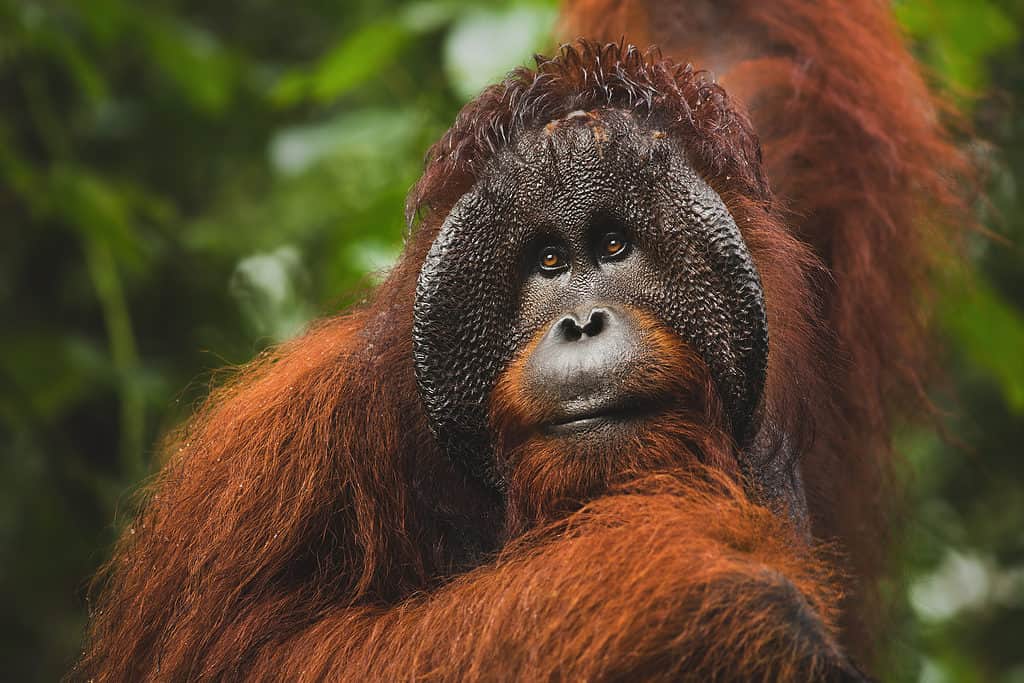
Don’t miss the large outdoor
orangutan
exhibit that allowed for comprehensive studies of orangutan social behaviors.
©Marketa Myskova/Shutterstock.com
African Region
The African region was opened back in 1998 and was the zoo’s largest expansion in its history. Encompassing most of the southern third of the zoo, the African Savanna combined with the African Rainforest Pavilion includes extraordinary animals and plants. White lions, cheetahs, hyenas, warthogs, and dwarf crocodiles are some of the fauna featured here.
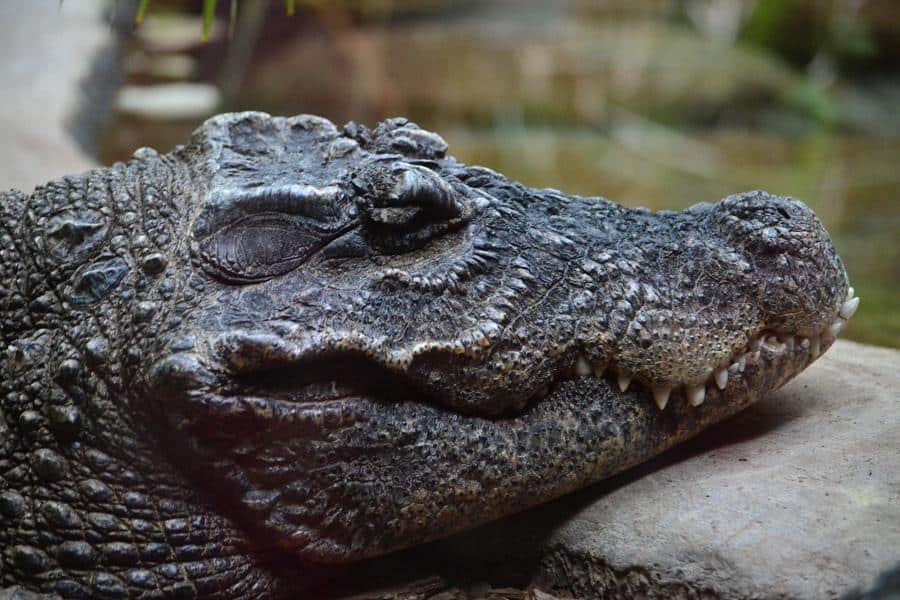
West African dwarf crocodiles reach about 6 feet in length, and you can see them in the African Region of the zoo.
Americas Region
Did you know that you can find animals from both North and South America in this exhibit? There are a variety of reptiles and amphibians, as well as fish and insects, to view here. American alligators, otters, and New World monkeys are some of the most famous residents in this area. Take time to check out the Mayan Temple Ruins, too! Here, you’ll find capybaras, macaws, and jaguars!

In the Mayan Temple Ruins, you’ll have the chance to spot a beautiful
jaguar
like this one.
©Pedro Helder Pinheiro/Shutterstock.com
Tundra Trek Region
This region opened in 2009 and was much awaited by the public. This is the sixth region of the zoo, and it took land from the Americas exhibits. Did you know that their large exhibits were expanded to encourage breeding? Showcasing a variety of Arctic animals, you will find polar bears, caribous, and even Artic wolves!

The
Arctic Wolf
is one of the most interesting animals in the Tundra Trek region at the Toronto Zoo.
©Ber’Zophus, CC BY-SA 2.5, via Wikimedia Commons – License
Australasia Region
You can find animals from Australia and surrounding islands in this region of the zoo. You will get to enjoy kangaroos and wallabies in the outdoor area, as well as wombats, komodo dragons, and more! The Great Barrier Reef exhibit is always a popular choice, too. There, you can check out the seahorses, jellyfish, and other sea creatures commonly found in the area.
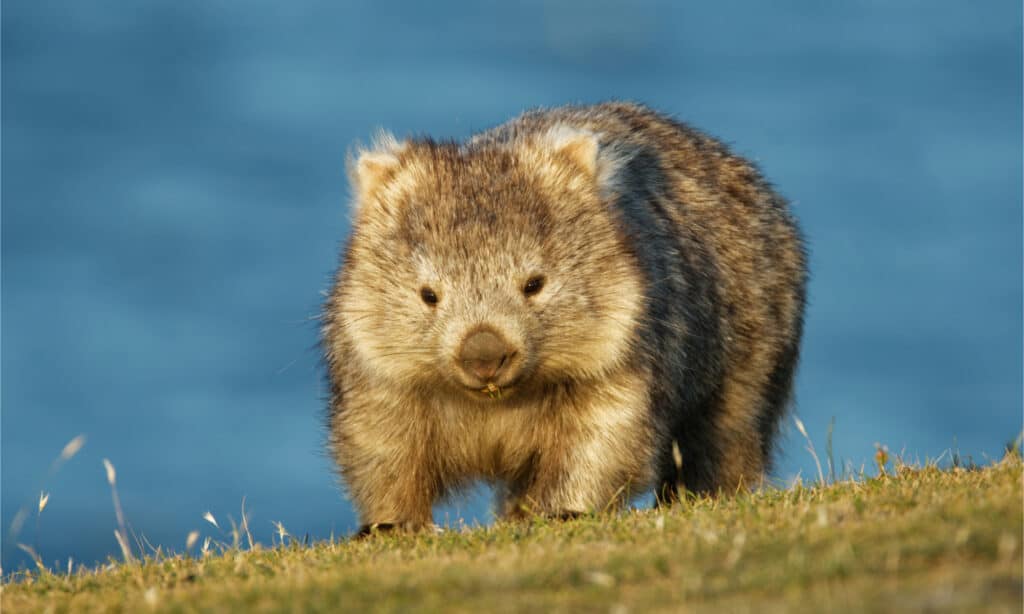
In the Australasian Region of the zoo, you’ll have the chance to see wombats. They are native to Tasmania.
©Martin Pelanek/Shutterstock.com
Eurasia Wilds Region
This region of the zoo got an update in 2014, adding in Steller’s sea eagles and making Przewalski’s Horse, Mouflon, and Domestic Yak only visible from the Zoomobile or by looking across the river. The most popular duo was the two giant pandas, Er Shun (female) and Da Mao (male.) After trial and error, Er Shun was successfully impregnated in 2015. She gave birth to twin cubs named Jia Panpan and Jia Yueyue, which the Canadian public was overjoyed to welcome!

In 2015, female giant panda Er Shun gave birth to two cubs named Jia Panpan and Jia Yueyu.
©plavi011/Shutterstock.com
Canadian Domain Region
Visit the Rogue Valley to gain access to the Canadian region of the zoo! Bald eagles, American moose, and more are at home in this domain. You can also check out the bison, swans, and raccoons! If you want to meet with a grizzly bear, this is the place to be! You can learn all about her story and enjoy her personality in an up-close viewing with the wildlife care team.
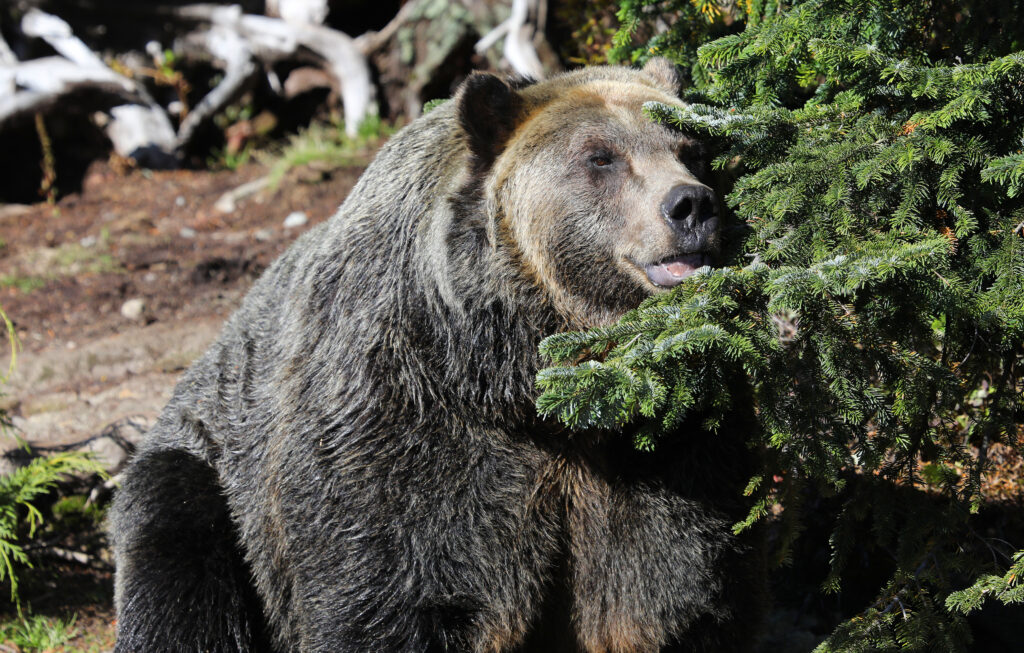
In the Canadian Domain Region, you’ll have the chance to meet a Grizzly Bear!
©Jacqui Martin/Shutterstock.com
Other Attractions in the Zoo
Are you ready to check out some other attractions at the zoo? Some of these options are open year-round, while others depend on the season. Check out the following list!
- Greenhouse
- Zoomobile
- 6 miles of walking trails and
- TundraAir Ride
- Wild Rouge Zipline
- Zoomobile
- Kids Zoo
- Gorilla Climb Ropes Course
- Waterside Theatre
- Splash Island
Conservation Breeding and Reintroduction at Toronto Zoo
The zoo will always be committed to saving animals threatened by extinction. Endangered species here are brought back from the brink and reintroduced into the wild when able. They even launched rescue missions, such as those in 2001 and 2003, when they rescued polar bears in need. No animal is too small to focus on regarding these efforts. They act fast when it comes to captive breeding and reintroduction into the wild. The zoo continues to act on behalf of numerous threatened species, from the Blanding’s turtle, loggerhead shrike, wood bison, Great Lakes fishes, and Vancouver Island marmot.
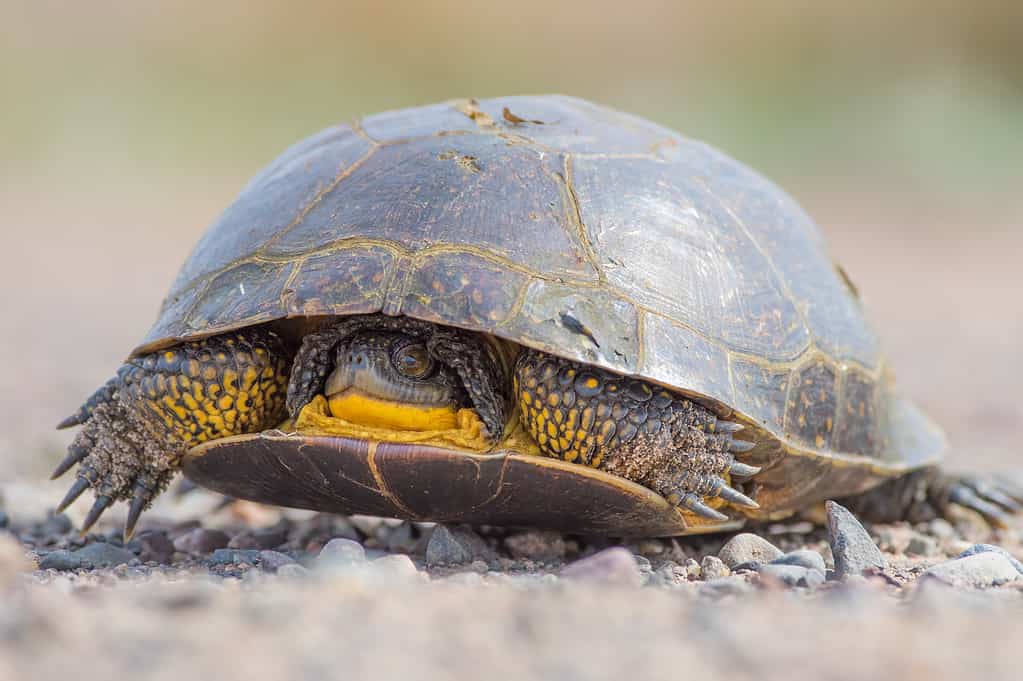
The Toronto Zoo is committed to saving animals threatened by extinction, like the Blanding’s Turtle.
©BobGrif/iStock via Getty Images
The photo featured at the top of this post is © Lester Balajadia/Shutterstock.com
Thank you for reading! Have some feedback for us? Contact the AZ Animals editorial team.




